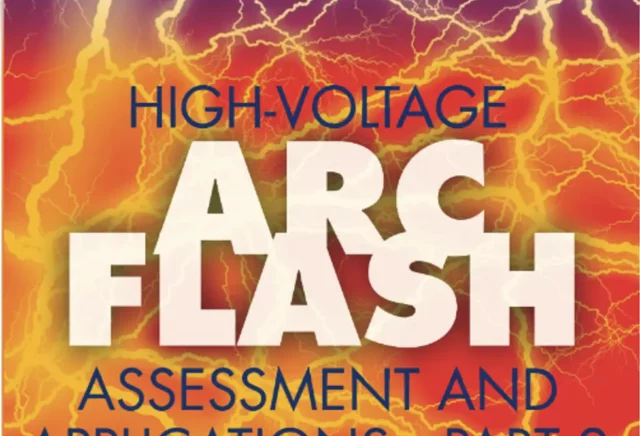Part 1 of this article, which was the cover story in the previous issue of NETA World, explored the need for high-voltage arc flash (HVAF) assessment to protect utility workers who are exposed to voltages above 15kV.It also compared various methods to calculate the incident energy from HV and MV electric arcs. Analyzing the results demonstrated that several methods can be used to calculate the incident energy generated by open-air,line-to-ground arc faults for systems within the range ofNESC Table 410.2 andTable 410.3.
Part 2 discusses key driving factors that direcdy affect arc flash incident energy. along with PPE considerations for various scenarios. A real-life case study drives home the importance of high-voltage arc flash studies for utility applications. Traditionally, all existing HVAF simulation programs (e.g. ARCPRO, Duke HFC) require a manual, time-consuming process to calculate incident encrgy because they do not contain network and protective device information. This article illustrates the importance of performing a HVAF assessment for utility applications and highlights the benefits of using a tool capable of limiting human error factors from data transfer across different platforms by performing incident energy calculations along with network short-circuit currents (phase and sequence) and protective device operating time

